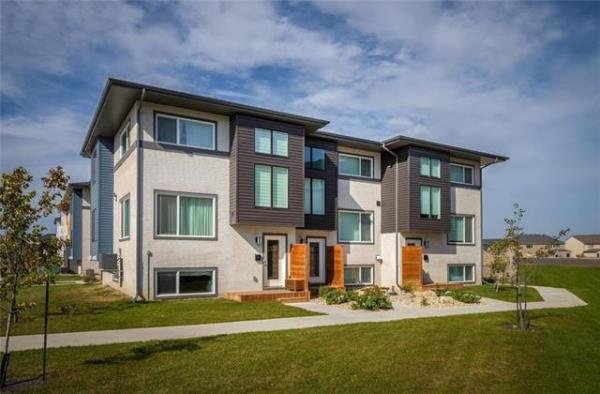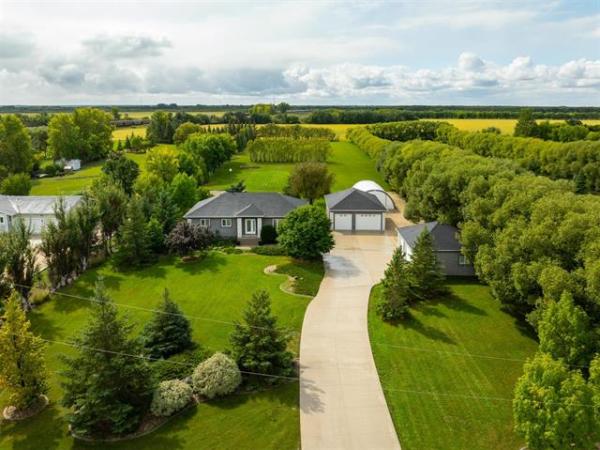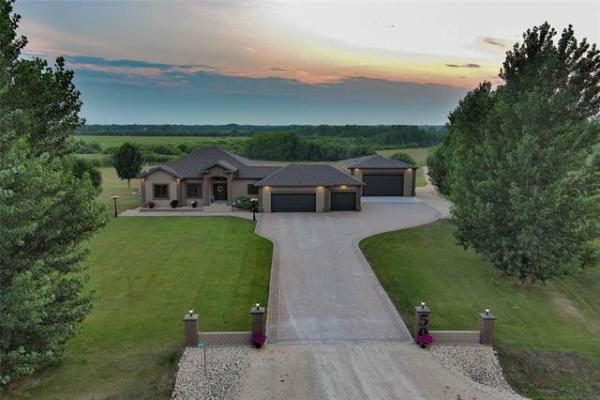QUESTION: I have recently started to renovate my old kitchen. The old cupboards have been replaced with beautiful dark chocolate brown new ones. The old tiles from the backsplash have been taken out, revealing gaping holes and uneven surfaces. Before I have a new backsplash installed should I have it drywalled so it will be an even surface?
Also, I love the look of ceramic floors, however, I have been warned that dishes and the tiles can break easily if something falls on it. Also, I know it is cold on the feet. Are there any floors that you would recommend for a kitchen? The main floor of my house has lots of hardwood.
-- Rhonda Renovating, e-mail
ANSWER: I faced a flooring dilemma a few years ago, and decided to go with tile.
The first issue of the deteriorated plaster behind the backsplash is easily answered. It depends on the current wall condition and the type of covering chosen. If you chose a material like the removed ceramic tile, granite or cultured stone, repairs may be minimal. If you chose a laminate or similar backsplash, then new covering material will be needed.
Tile and other masonry products require a solid and stable surface for proper adhesion, but a few holes and unevenness should not be an issue. If the old plaster is soft or moisture damaged, then replacement should be done, regardless of choice of covering. If this is required, I would suggest choosing plywood or cement board, which will be much more moisture resistant than drywall. If the backsplash is to be covered with laminate to match a similar countertop, good one-side plywood should be installed to ensure a smooth surface and proper adhesion of the plastic laminate sheathing.
As for the flooring, the porcelain tile I installed in my own kitchen a few years ago was an excellent choice. It is extremely durable, moisture-resistant and attractive. The odd dropped plate or glass has broken, but that may have occurred on any surface. Only sheet-vinyl flooring with a thick backing may have prevented that infrequent occurrence.
I would recommend staying away from products like hardwood and laminate flooring that may become damaged and swell from standing water.
The issue of coolness is true with any masonry or concrete surface. This is most apparent on cool mornings when the flooring fails to warm as quickly as the surrounding air, but may be an advantage in warm summer weather.
The true issue with this may not be the surface temperature of the ceramic tile, but the firmness. The flooring material will be extremely hard and rigid and may lead to easier fatigue when standing for a long period of time. Wear soft-soled slippers or running shoes to solve both problems.
One other issue is the current condition of the subfloor and requirements for upgrades before the new flooring is installed must be evaluated. If your old vinyl flooring's surface is badly damaged or loose, removal may be required to secure the new subfloor properly before the tile installation. If the surface is relatively even, installing new sheathing over top of it may be possible.
It is absolutely critical to have a solid, proper base installed prior to the tiles to prevent movement and cracking of the rigid new surface. Cement board, wire and mortar, or newer plastic subflooring materials should be installed according to manufacturers' specifications prior to tiling. This may raise the floor up to 25 millimetres, so ensure that adjoining flooring is taken into consideration.
Beware of advice given by those who have little experience with masonry flooring. There are numerous homes with many types of natural stone or manufactured tile floors that perform well for decades and have exceptional durability.
Ari Marantz is the owner of Trained Eye Home Inspection Ltd. Questions can be e-mailed or sent to: Ask The Inspector, P.O. Box 69021, #110-2025 Corydon Ave., Winnipeg, MB. R3P 2G9. Ari can be reached at (204) 291-5358.
trainedeye@iname.com



